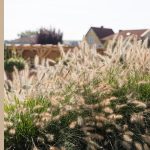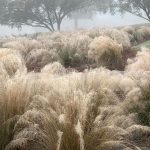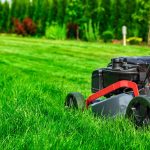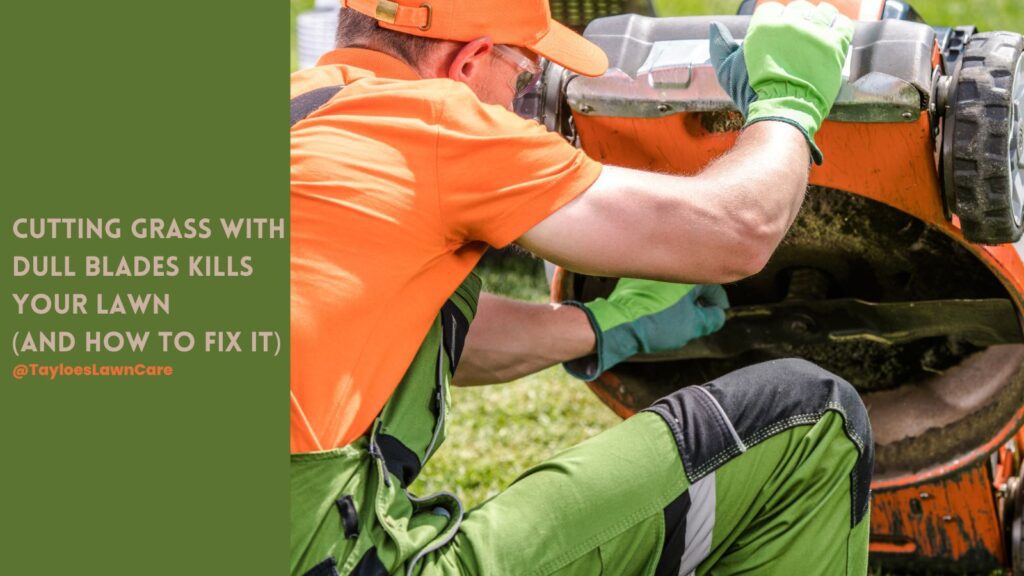Last Updated on: 5th January 2024, 03:43 pm
Is your lawn ready for the hot weather arriving soon?
The grass can be greener throughout the hottest weeks if you prepare your grass for eastern North Carolina’s summer heat…starting now.
Here in ENC, we experience scorching sunshine, humid conditions, and early summer dry spells, all of which can stress your lawn significantly. On the flip side, the second part of the season often brings tropical storms, further challenging your lawn’s resilience.
This content will share the essentials you need to prepare your grass for these conditions. You will see how simple it can be to keep your lawn healthy, thick, and green throughout the year.
Evaluating Your Lawn’s Health Before the Summer Heat
Before you know what to do, you must learn what you have to work with.
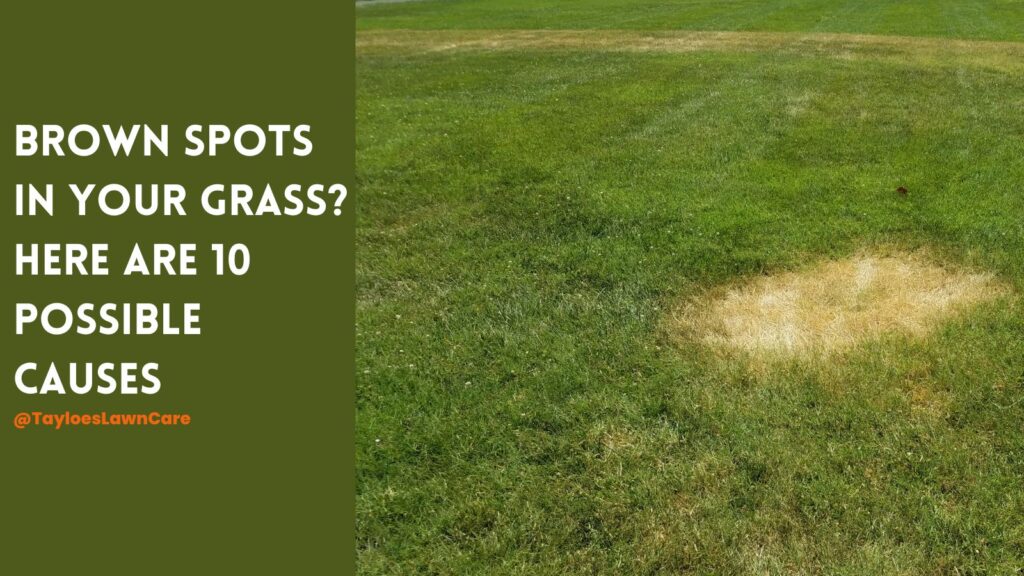
Basic Lawn Health Check-up
Evaluating your lawn’s current health status before applying lawn care solutions is crucial. The ideal lawn will be lush and uniformly green. It will have no signs of discoloration, patches, or weeds. Check for uneven growth, discoloration, signs of pests, or bare spots, as these may indicate underlying issues that need addressing before summer hits.
Soil Testing
The soil’s health is the foundation of your lawn’s health. Regular soil testing is invaluable. That’s because it allows you to understand your soil’s nutrient content and pH level. Those factors can significantly affect grass growth. You can get a soil testing kit from a hardware store or your favorite online retailer. Remember, the right balance will ensure your grass gets the nutrients it needs to survive the summer heat.
Summer Heat Lawn Care Essentials
Here is a brush-up on some basics to help make your grass more resilient during the long, hot weeks.
Proper Watering Techniques
Watering correctly is a key to thriving grass during hot, humid summers. Early morning is the optimal time to water your lawn. That’s because it allows the water to reach the roots before the day’s heat causes evaporation. During dry spells, your lawn may need extra water. Be mindful not to overwater, though. Too much water can cause waterlogged soil and grass diseases.
Fertilizing for Summer Heat Resilience
Fertilizing provides your grass with the nutrients it needs to withstand stress. Use a slow-release fertilizer in the early summer to help your lawn remain green and healthy. Always follow the manufacturer’s instructions regarding the application rates and timings.
Best Mowing Practices During the Summer Heat
Adjusting your mowing practices can also help prepare your lawn for summer. Raise your mower’s blade in the summer, as taller grass is more drought-resistant. Moreover, leaving grass clippings on the lawn is beneficial after mowing. These clippings decompose over time and return valuable nutrients to the soil.
Pest and Disease Management During the Summer Heat
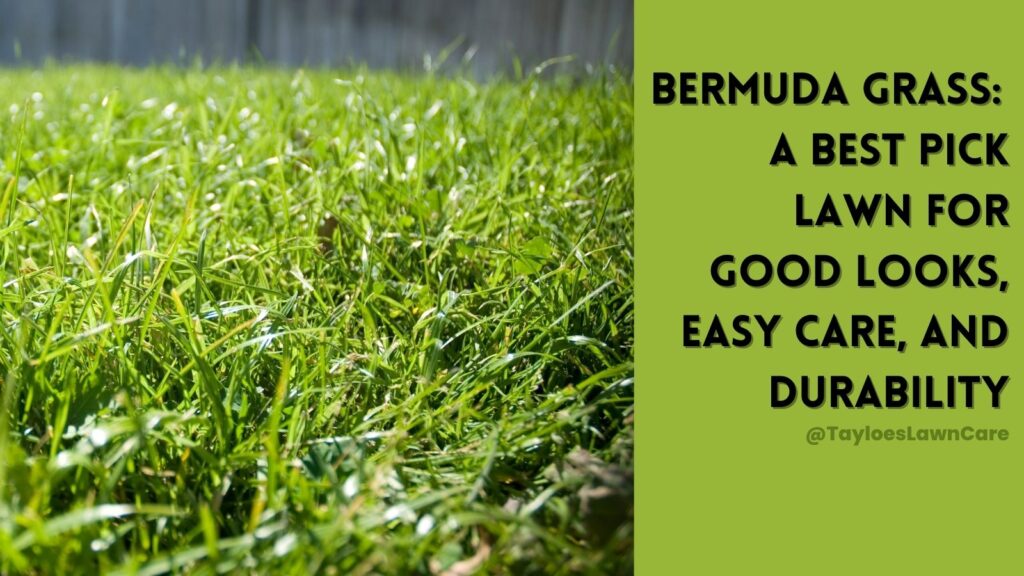
Common Summer Lawn Pests and Diseases in NC
With its heat and humidity, summer creates a conducive environment for various lawn pests and diseases. Here are a few you should be aware of:
Chinch Bugs
Chinch bugs are tiny insects that will cause extensive damage if left unchecked. They suck the sap out of grass blades, causing them to turn yellow and then, eventually, brown. Infested areas often resemble drought-stressed lawns but don’t green up after watering.
Keeping your lawn well-irrigated can make it less inviting to chinch bugs, but severe infestations may require specific insecticide treatment.
Grubs
Grubs, or beetle larvae, feed on the roots of your grass, causing it to turn brown and die. The grass in these patches loosens and pulls up with bare hands, revealing the grubs beneath. Regular lawn inspections can help detect grub presence sooner than later. Various biological and chemical controls are available. Beneficial nematodes and specific pesticides can destroy them.
Brown Patch
Brown Patch is a lawn disease caused by the fungus Rhizoctonia. You often see large, irregularly shaped patches of brown, wilted grass. It’s more common in humid conditions and can spread rapidly. Avoid evening watering to keep the grass blades dry overnight to control Brown Patch. Fungicides may also become necessary in the worst cases.
Dollar Spot
Dollar spot is another fungal disease. It manifests as small, silver dollar-sized spots of bleached or dead grass. It thrives in warm, wet conditions and low nitrogen levels. Maintaining a balanced fertilization schedule and avoiding prolonged leaf wetness can help prevent it. Fungicide treatments may help if the disease becomes widespread.
Recognizing these issues is crucial in maintaining a healthy lawn. By learning to identify signs of pests and diseases, you can act quickly to mitigate damage. Depending on the issue, you can use natural pest deterrents or cultural practices to control the problem.
If you notice any red flags of deteriorating grass health and are unsure about the cause, seek advice right away. Consider hiring a local lawn care professional for assistance. And, of course, you can call or text Tayloe’s Lawn Care Services when you’re ready to tackle your grass health issues. Our team is here to help!
Importance of Regular Lawn Inspection
Regular inspection and early detection are vital for effective pest and disease management. Please familiarize yourself with the signs of common lawn diseases and pests in our area, and inspect your lawn regularly throughout the summer.
Preparing for the Fall Storms
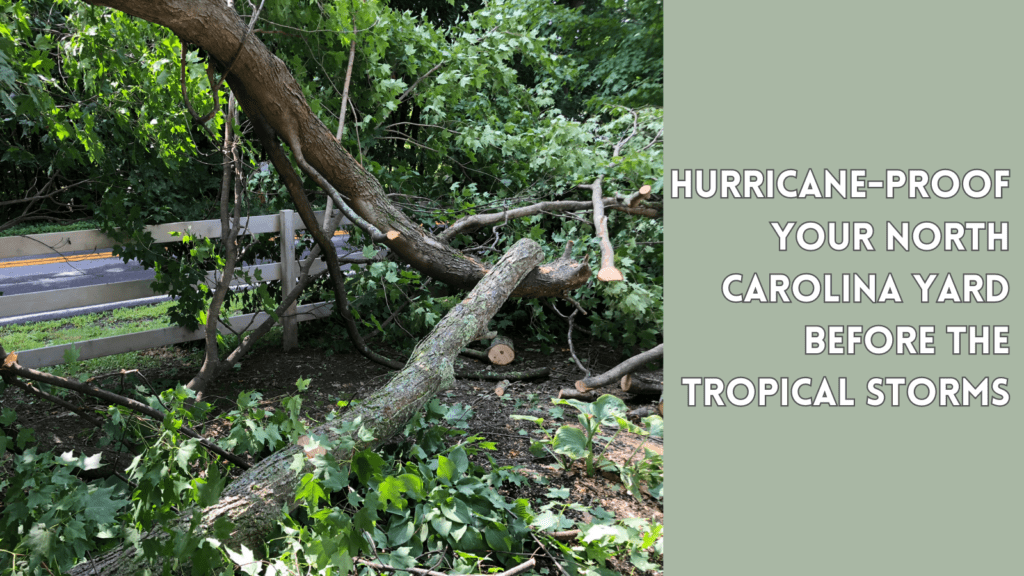
Lawn Care Before a Storm
As tropical storms are common in the second half of summer and early fall, there are preventative measures you can take to minimize damage. Keep your lawn healthy throughout the summer, remove any loose objects from the yard that could become projectiles, and drain any areas prone to gathering water.
Post-Storm Recovery
After a storm, assess any damage and carry out necessary repairs. This lawn care could involve reseeding patches of grass that have washed away or dethatching areas where debris has built up.
The Takeaway: A Healthy Lawn During Peak Summer Heat Means Good Lawn Care Year Round
Effective summer lawn care involves understanding your lawn’s health, watering and mowing appropriately, regularly checking for pests and diseases, and taking preventive measures for tropical storms. It may seem like a lot, but with regular care, you’ll see a noticeable difference in your lawn’s health and appearance.
At Tayloe’s Lawn Care Services, we know how maintaining a healthy lawn can be quite a task. That’s why we’re here to assist with professional, friendly service tailored to your lawn’s unique needs. Whether you need help preparing for the summer heat or recovering after a tropical storm, our team of experienced lawn care professionals is ready to assist.

A green, healthy lawn is aesthetically pleasing and beneficial for the environment and your well-being. It’s our pleasure to help you achieve this!
“The grass is always greener when you water it.”
Let’s get started on making your lawn the envy of the neighborhood! Don’t hesitate to get in touch with us for all your lawn care needs in Northeastern NC. From the long hot weeks of summer heat, until winter dormancy sets in, we are here to help you. Call or text Tayloe’s Lawn Care Services at 252.287.3376 for a free, no-obligation consultation for a healthier lawn.
Author Profile

- Randy Tayloe is the COO of Tayloe's Lawn Care Service, LLC. He is a certified custom applicator, recognized by the North Carolina Department of Agriculture Pesticide Division. A native of Bertie County, NC, and graduate of Bertie High School, he wants to beautify his home county - one yard at a time.
Latest entries
 GardeningApril 1, 2025Fountain grasses add colorful foliage and movement
GardeningApril 1, 2025Fountain grasses add colorful foliage and movement GardeningMarch 21, 2025White cloud muhly grass growing guide
GardeningMarch 21, 2025White cloud muhly grass growing guide Lawn CareFebruary 25, 2025Should I mow every week?
Lawn CareFebruary 25, 2025Should I mow every week? Lawn CareFebruary 18, 202515 Simple early spring lawn care tips
Lawn CareFebruary 18, 202515 Simple early spring lawn care tips

